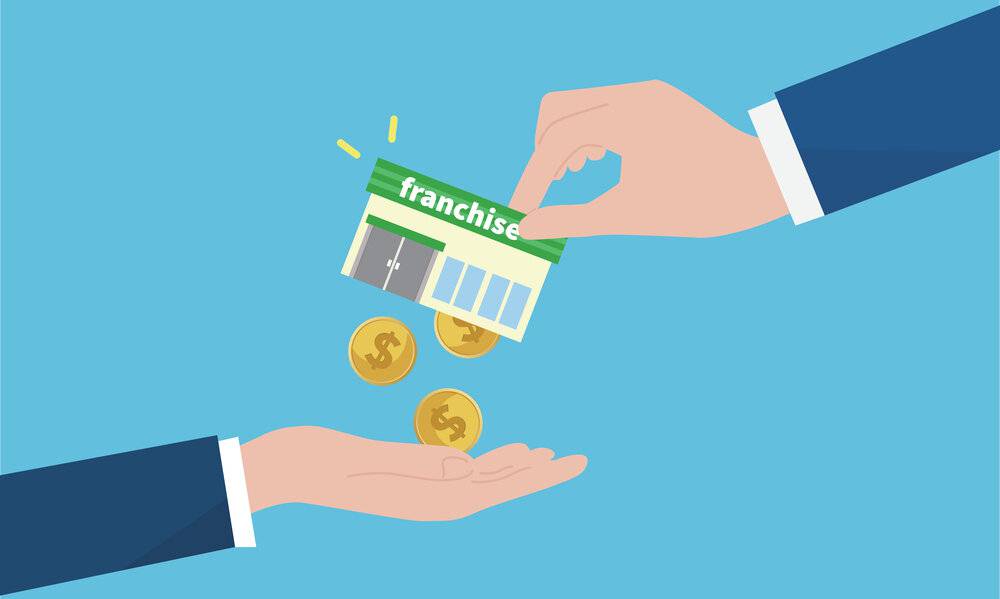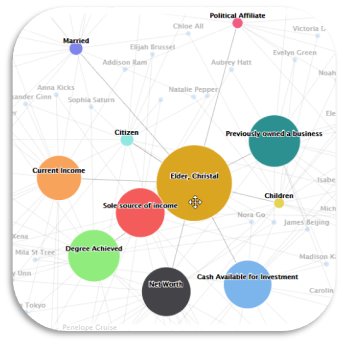Franchise royalties are the heartbeat of your business. Just as an undersized heart can ruin a productive life, undersized royalties can make it impossible for your franchise to grow. Swing too far in the opposite direction, and you’ll scare away potential franchisees. Let’s look at how you find the royalty management sweet spot that yields success on a grand scale.
Small Changes Bring Dramatic Results
One percent might seem like an insignificant number, but if your average franchise is worth $10,000, a meager percentage reduction means an annual revenue drop of $10,000 per unit. Calculated over a period of 10 years, that number adds up to a collective loss of millions. Thoughtlessly ramping up your number is no solution, though. An over-inflated fee is the easiest way to chase potential franchisees away. It also does little to ensure the health of your units. One failed franchise will bring larger losses than a small reduction in royalties.
The Power of Fee Structures
Royalty fees are one of the most rudimentary ways to collect your income. Their simplicity prevents them from adjusting to the success of each unit. Your fee structure gives you a turbo-charged way to adapt your income to the health of your franchises. You can collect revenue in several ways:

-
Franchise fee
-
Sales markups
-
Sub-franchising and territory-based fees
-
Property fees
-
Loan interest
-
National Account revenue sharing
-
Vendor rebates
-
Transfer fees
-
Renewal fees
Your upfront franchise fee is rarely treated as a profit-generator because it can become a potent entry barrier that prices you outside the market. Instead, it should be calculated based on the startup costs you anticipate. While your property, advertising, and other functional rates can help you to reduce your royalty load, they’re not profit-generators in and of themselves. Still, if your fee structure is carefully-chosen, your business costs won’t cut into important revenue streams.
Royalty Structure
Royalty percentages don’t need to be fixed. They can be calculated as a percentage of gross sales or adjusted according to the success of each unit. They can grow with the value of prime locations or decrease with rising sales. The latter might seem maladaptive, but it encourages morale and ambition. Like commission payments, it rewards success, so it can bring plenty of value to your brand.
It’s also possible to charge a royalty fee per sale or transaction. In complex service-based franchises like hotels and hospitals, this is often the easiest way to automate royalty payments. Split profit franchise royalties assign payments to both the franchisor and franchisee, while no-royalty structures collect earnings from sales instead of profits.
The royalty requirements of a young franchise are vastly different from those of an established one, and many franchisors adjust their fee structures once their brand matures. Minimum royalty payment structures are primed for young brands, helping franchisors to cover their costs while imposing a set financial performance standard. This sets a relatively low goal for franchisees who aren’t self-driven, so it’s less than ideal for mature brands.
Thinking of royalties as a mere profit-collection device is like treating every tool in your toolbox as a hammer. You might drive a few nails into the wall, but you won’t be able to build a functional house. Your franchise royalties should be chosen strategically and structured to meet your specific goals.













